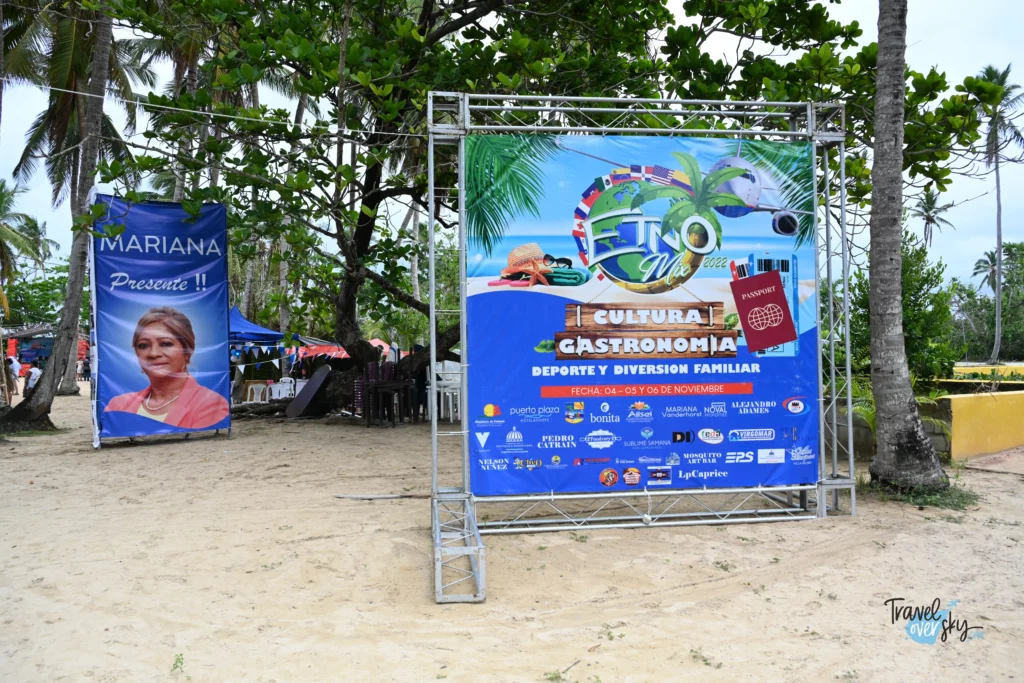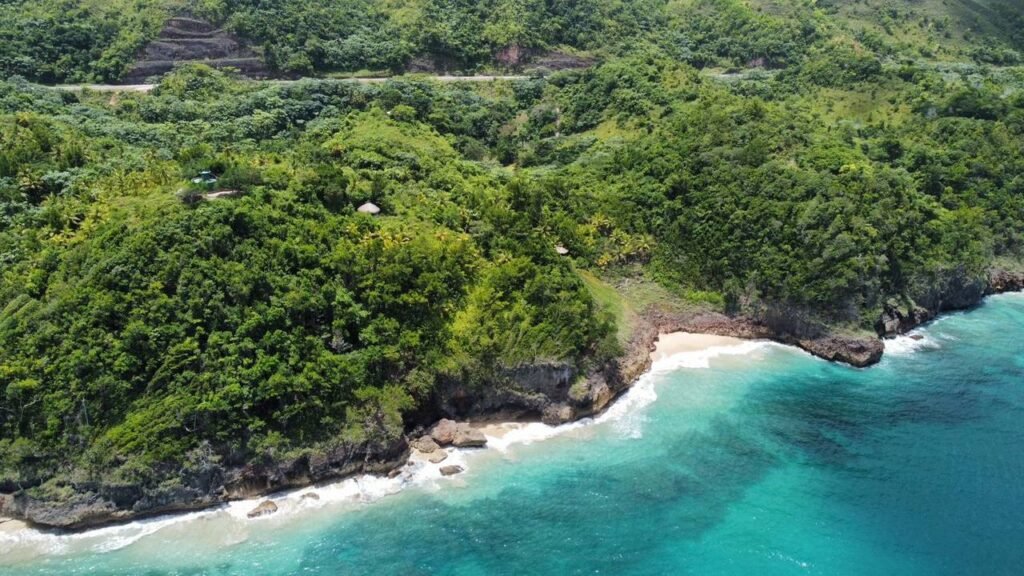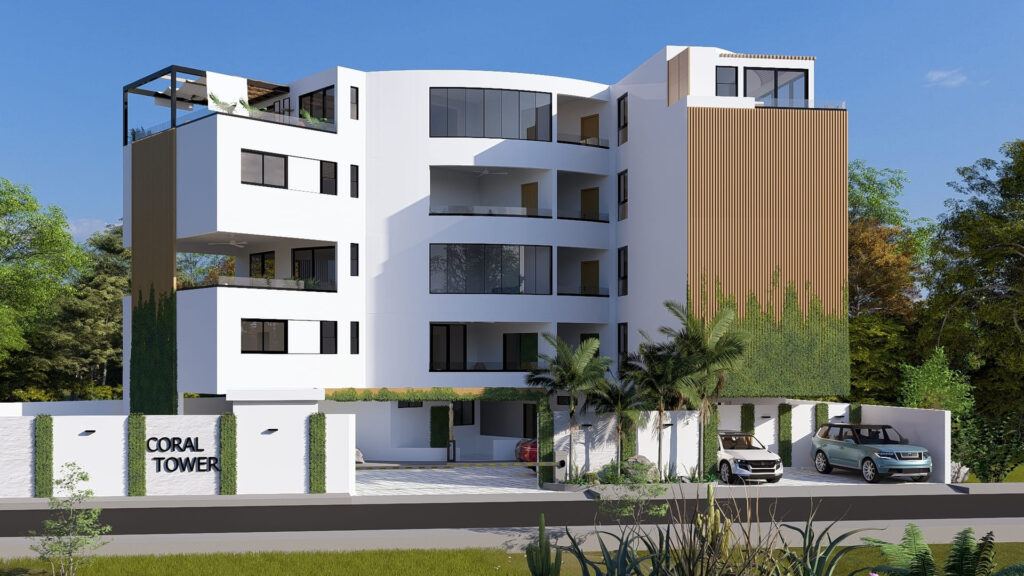The profitability of vacation rentals in the Dominican Republic has attracted the attention of many international and local investors, thanks to the country’s steady growth in tourism and natural appeal. With iconic destinations such as Punta Cana, Santo Domingo, and emerging coastal areas such as Samaná/Las Terrenas, the short-term rental market offers interesting opportunities. In this article, we will analyze actual metrics, tax impacts, and strategies for maximizing net returns.

Overview of the vacation market in DR (2024-2025)
The Dominican Republic has broken recent tourism records: in 2024, it welcomed 11.1 million visitors, and so far in 2025, it has already achieved historic figures. This growing demand is fueling opportunities for properties that rent by the night. Average occupancy rates and daily rates (ADR) tend to reflect market forces—beach destinations have higher ADRs, while urban areas offer more stable occupancy rates.
Many capital cities show average occupancy rates ranging from 50% to 60%, but tourist destinations can exceed that average if they are well managed. In the Dominican Republic, some platforms show average occupancy rates in Santo Domingo of ~53% and lower figures for rural or less connected regions.
This national growth is the basis for the argument that vacation rental profitability in the Dominican Republic has real potential, particularly when managing properties in emerging destinations with international demand.
Key metrics: benchmarks by destination
Santo Domingo
In the capital, some platforms report average occupancy of around 53%. Using moderate ADR (~US$75), the estimated monthly income for a standard property could be around USD 3,000. These figures serve as a comparison for evaluating coastal properties that are higher risk but have greater potential.
Punta Cana / Bávaro
Established tourist destinations such as Punta Cana offer more aggressive figures. For example, some listings show average annual revenues exceeding USD 20,000, with occupancy rates close to 49% and competitive ADR. The volume of supply demand makes investors consider these markets as a benchmark for vacation rental profitability in the Dominican Republic.
Samaná / Las Terrenas
For areas such as Las Terrenas, available figures show average occupancy rates close to 30%, with top properties exceeding 50%. This means that management and positioning can double or triple returns compared to the local average. A strategy that moves your property from “average” to “top 25%” can make a big difference to the vacation rental profitability in the Dominican Republic.
Taxation and costs affecting net return
To calculate a realistic projection of vacation rental profitability in the Dominican Republic, it is essential to consider taxes and deductions:
- Income tax is levied on rental income: 27% for non-residents and 15% for residents.
- Many platforms (Airbnb, Booking) act as withholding agents or generate informational statements.
- Tourism developments can apply the CONFOTUR Law, which grants tax incentives and exemptions for approved projects.
- Operating costs (cleaning, maintenance, services, management fees) represent significant percentages of gross income.
Strategies for improving profitability
To maximize vacation rental profitability in the Dominican Republic, consider these levers:
- Product optimization: property designed for 2 to 4 guests, with amenities such as high-quality Wi-Fi, air conditioning, swimming pool, good photos.
- Professional management: use property managers who optimize dynamic rates and review management.
- Multichannel marketing: presence on multiple platforms, direct promotion, and loyalty programs for repeat guests.
- Reduction in operating costs: contracts with local suppliers, preventive maintenance, energy efficiency.
A hypothetical case: if the ADR is USD 150, with 45% occupancy, over 365 nights per year, gross income would be USD 24,600. If operating costs are 35% and net taxes are 20%, annual net profit would be around USD 10,400 — something noteworthy for many investors.
Risks and how to mitigate them
Although vacation rental profitability in the Dominican Republic presents great opportunities, there are challenges:
- Low seasons can have very low occupancy rates, eroding the average.
- Renovation costs in coastal areas: salinity, wear and tear, frequent replacement needs.
- Local regulations: changes in regulations, licenses for vacation rentals.
- Dependence on external platforms and their fees/policies.
Mitigate these risks by maintaining cash reserves, diversifying properties, and securing adequate contracts and insurance.
Your next step toward a profitable investment
Vacation rental profitability in the Dominican Republic is viable and attractive when you understand the market, choose a strategic location, and execute a quality operation. Well-located projects with good management and controlled costs can achieve outstanding returns.
If you are looking for comprehensive support from property selection to efficient operation and regulatory compliance, All Project Group SRL is ready to help you. Let’s connect your goals with tangible results in destinations such as Las Terrenas.







